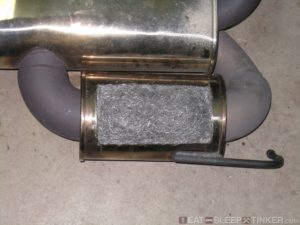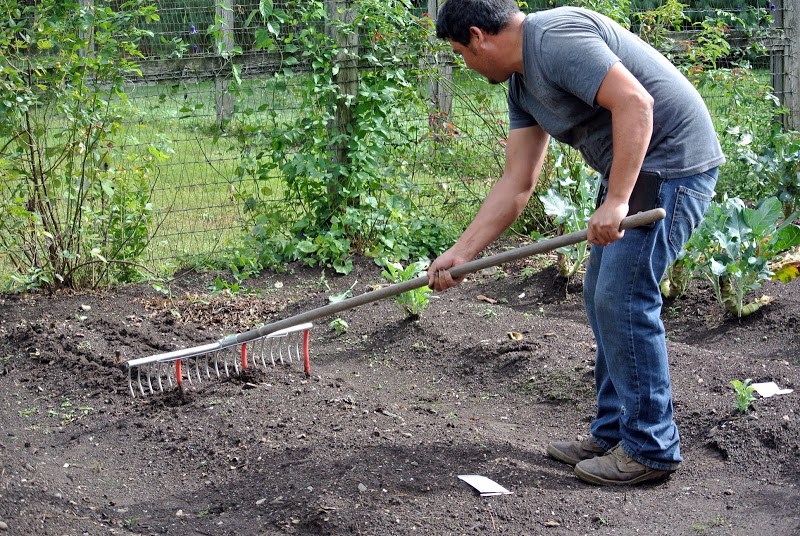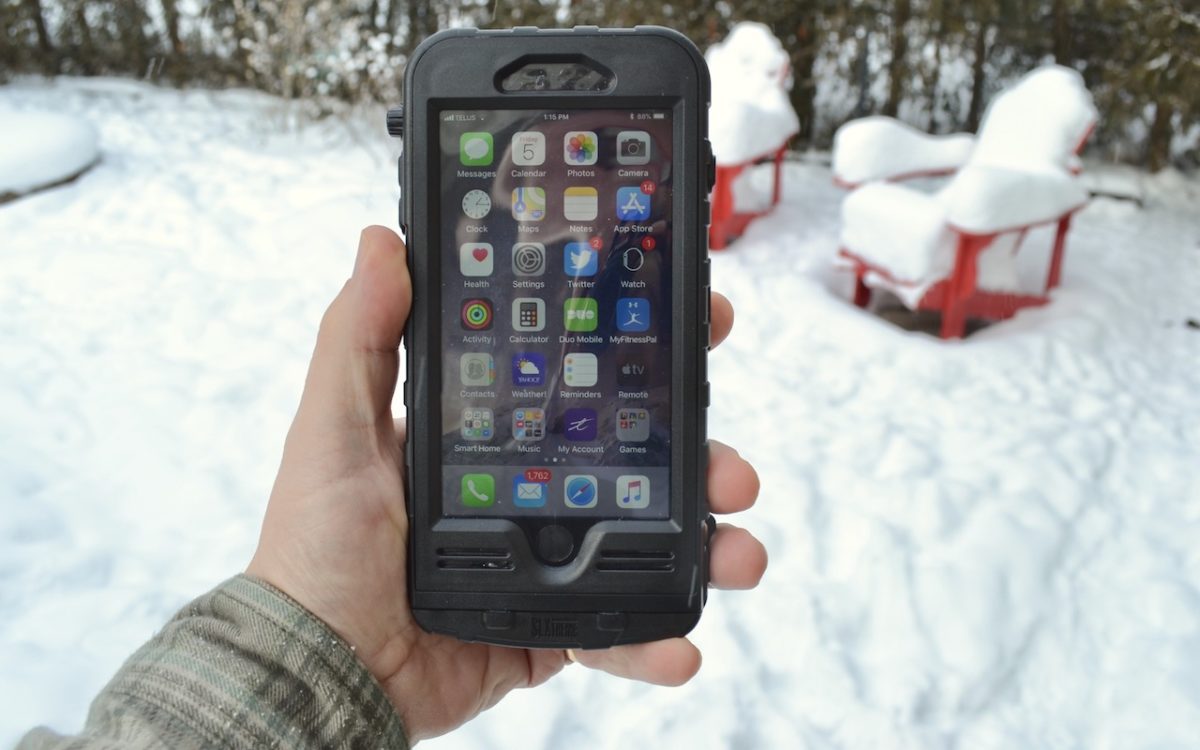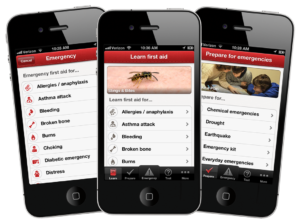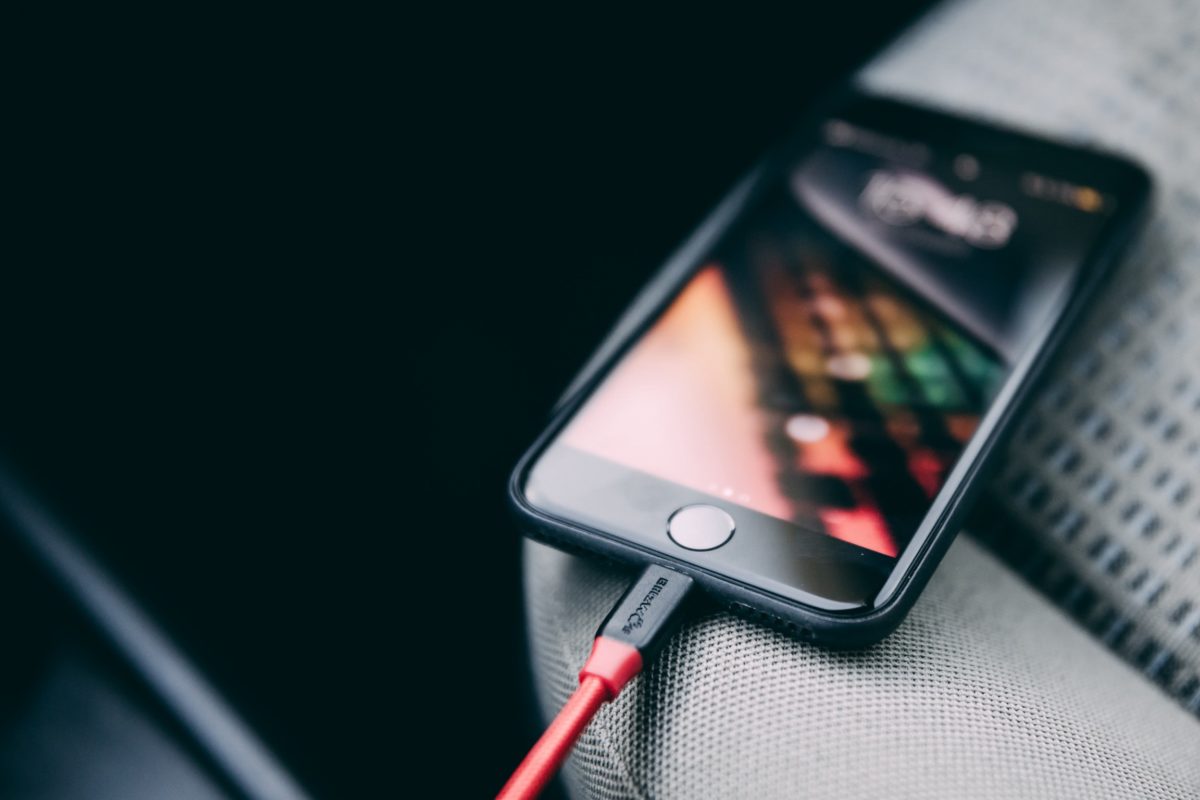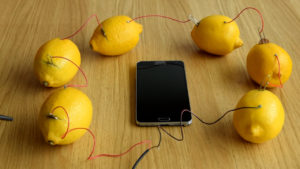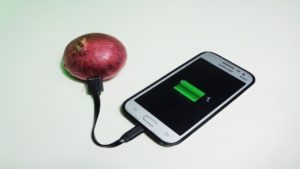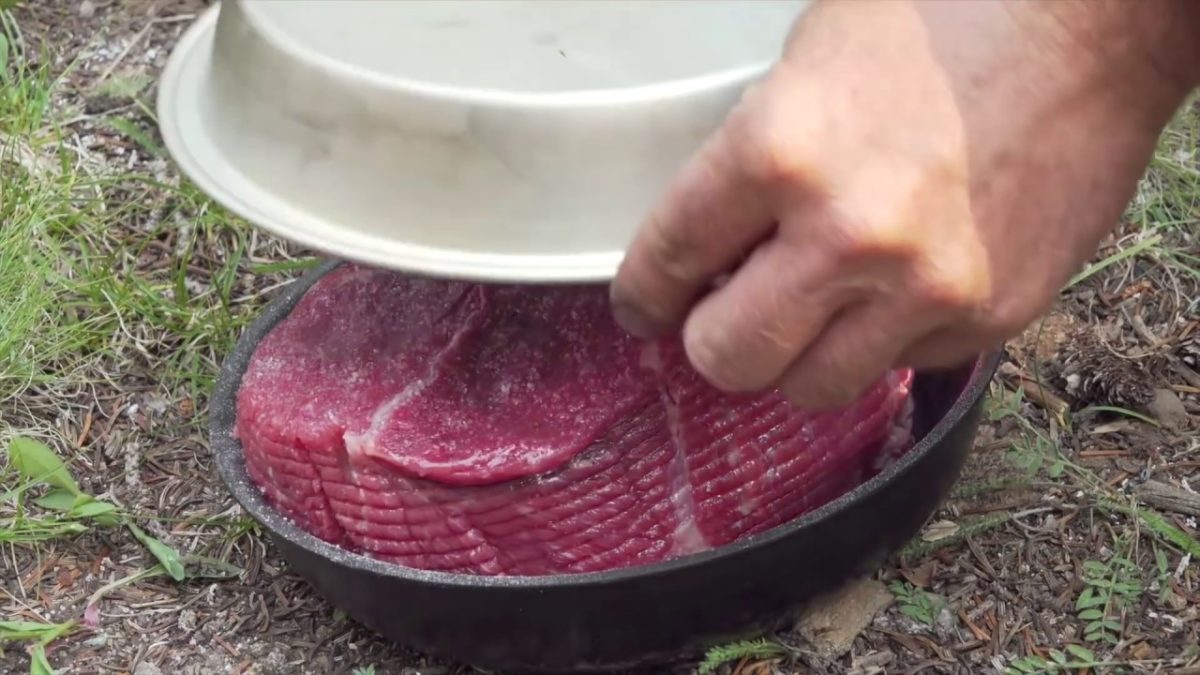Summer is here. Set Up a Solar Panel Kit
Editors Note: This post is from Gaye Levy. Gaye was nice enough to share this with our readers here. Backup power is one of the most fundamental preparedness items you should have at the near top of your list. This article demonstrates her and her husbands experience with one option that might work for your family.
When it comes to understanding electricity, my mind tends to blank out when it gets to the point where I have to determine volts, amps, amp-hours, voltage under load and other terms that are second nature to the electricity savvy. Let me make it clear that this is not a girl thing or a guy thing. It is simply that some of us are better at understanding how power and electricity works than others.
In all fairness, in my boating days I was quite familiar with the operation of our house batteries and the inverter. Using this set-up, I had fresh coffee in the morning and power for my laptop. Life was sweet. Although that was almost ten years ago, the lessons learned were simple: don’t discharge the batteries more than 60% and don’t mess with a working electrical system unless you know what you are doing.
Given my own thick head when in comes to all things electrical, I have always considered the prospect of installing a small solar system in my home a bit daunting. I should not have worried.
HARBOR FREIGHT TO THE RESCUE
A few months ago I was contacted by Harbor Freight and asked if I would like to try out one of their Thunderbolt Solar Kits. This was not the time to be bashful so of course I said yes, as long as they understood there would be little or no sun in the Washington State for a month or two. Having set the stage, I was sent the following items for testing:
Thunderbolt Magnum 45 Watt Solar Panel Kit
Thunderbolt Magnum 15 Volt Solar Power Panel
Cen-Tech 750 Watt Continuous/1500 Watt Peak Power Inverter
Thunderbolt 12 Volt, 35 Amp Hour Sealed Lead Acid Battery
So how did it go? The first thing I did was recruit the Survival Husband to do the heavy lifting. Then, together, we decided that we would install the solar kit on the roof of our garage which was angled just right and facing the south. During the summer months, we should get six to seven hour of sun a day in this location.
We also agreed that climbing the roof was a task for someone younger – a lot younger – so until my brother and my electronics wizard nephew come to visit, we set things up on our upper patio and to heck with the patio furniture.
TIPS FOR INSTALLING THE THUNDERBOLT SOLAR KIT
The Thunderbolt solar kit comes complete with three 15 watt solar panels for a total of 45 watts. It also includes all of the parts you will need: a mounting frame, controller box, cables, connectors and even a couple of 12 volt lights that plug directly into the controller box. Everything is included for a ground level installation. On the other hand, a roof top installation will require some brackets – something we have not purchased yet.
The installation was simple. We just followed the instructions in the manual and things worked. Okay, truth be told, Shelly (the Survival Husband) does not always read manuals thoroughly so he put the frame together goofy and had to start over. And then he could not find the power switch on the inverter and thought it was defective. I found it, turned it on and had immediate power.
He did offer up some tips:
When assembling the frame, make sure the top bar marked front actually faces front. Otherwise you cannot install the legs.
There are two sizes of screws with wing nuts. The bag with eight screws are shorter and are the screws to be used when assembling the frame.
When attaching the three panels to the frame, it is easier to attach the middle panel first. Other than that, just follow the instructions.
After completing the frame and panel setup, follow the directions by attaching the 3 leads from the panel to the splitter cable. Add the extension cable and plug into the charge controller. Next attach the battery terminals (on the battery) to the charge controller to confirm that you are receiving voltage from the solar panels. There is a large LED display on the front of the charge controller indicating the voltage so that you will know right away if everything is working okay.
You need to use an inverter to convert the power to AC. In that case, you need to attach the included cables from the inverter to your battery terminals.
The controller box itself, without an inverter, has a 12V cigarette lighter socket, 5V USB, 3-6-9V DC outlets and two 12V sockets for the included light kit. Note that the USB port is only 5 volts, okay for cell phones, Kindles and tablets such as an iPad but not for devices or electronics that require higher voltage.
The battery is not waterproof so you will need to keep it covered and protected from the elements.
The Quick Start guide is well laid out and intuitive with accurate, easy to understand diagrams. Plus, all of the manuals are available online so that they will always be handy, even if you lose the originals.
BUT DOES IT WORK?
The first thing I tested was my crock pot. If the grid was down and I wanted to eat but I did not want to build a fire, a working crock-pot would be a godsend. It uses just a modest amount of steady power and can be used for soups, stews and even for baking quick breads. I ran the crock-pot for quite some time with no problems.


My next test was more challenging – a hair straightening iron. If my hair iron worked, then I not only would look good, but I would be able to re-seal the Mylar bags I opened to get to my stored food items. Again, no problem. From there I moved to lighting and to my alkaline battery charger. Again, everything worked perfectly and I was pleased.
Using the Harbor Freight solar system was almost to easy – definitely a set it and forget it operation although the directions indicate you should not leave a charging battery unattended.
I am not done testing yet. The way these things work is that more batteries equals more amp hours equals more current. Or, in plain English, more battery juice means you can run more stuff for a longer period of time. We plan to add some marine deep cycle batteries and a large watt inverter to the basic set up so we can run more stuff. But for the basics and for now, this system works just fine.
THE FINAL WORD
This Thunderbolt Solar Kit from Harbor Freight is inexpensive if not downright cheap. But do not let the price dissuade you. For lighting, small appliances and laptops, this system works great. It would be even better with a larger battery. You do not need to be an electronics genius to set it up but if you need help, you can find it online, especially at the New World Solar/DIY Solar Energy Forum.
It is my understanding that folks have tied two or three of these systems together for even more power. As good as that sounds, it is beyond our technical capability at this moment but we are learning and just might get to that point.
Our goal for now is the get the complete system installed on the roof and to add some additional batteries, probably the marine deep-cycle type. We will then use the solar to kit to power all of our outdoor security lighting as well as our power tools and and everything else that we have running off of our garage and outdoor receptacles.
This does not apply to us, but I think this would be an ideal backup power source for a well.
What do you think? Any of this applies to your household? Let us know if this works. And how it changed your life.
This is just another effort to find the best ways to go all independent and self-sufficient. Your answers or notes are helping all of us to move forward. I hope you understand that.
God Bless.
Among all the benefits of solar panels, the most important thing is that solar energy is a truly renewable energy source. And there's more.











